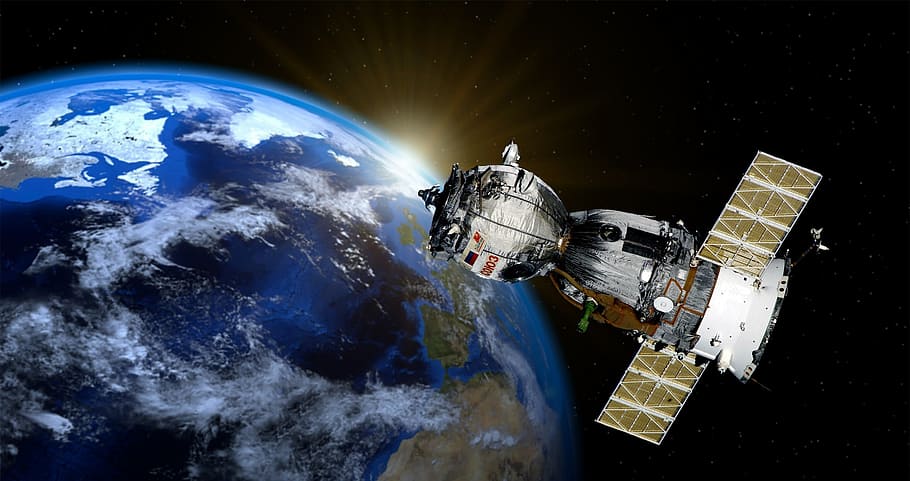Space technology encompasses the tools, equipment, and systems used to explore, study, and utilize space. It is a multidisciplinary field that combines principles from various scientific and engineering domains to achieve the goals of space exploration, communication, navigation, and research. This overview covers key aspects of space technology, including its history, main components, and future prospects.
Historical background
The journey of space technology began in the mid-20th century with the advent of rocketry and the space race between the United States and the Soviet Union. Significant milestones include:
- Sputnik 1 (1957): launched by the Soviet Union, it was the first artificial satellite to orbit Earth.
- Apollo 11 (1969): NASA’s mission that landed the first humans on the Moon.
- International Space Station (ISS, 1998-present): a multinational collaborative project that serves as a laboratory for scientific research in microgravity.
Key components of space technology
1. Rockets and launch vehicles
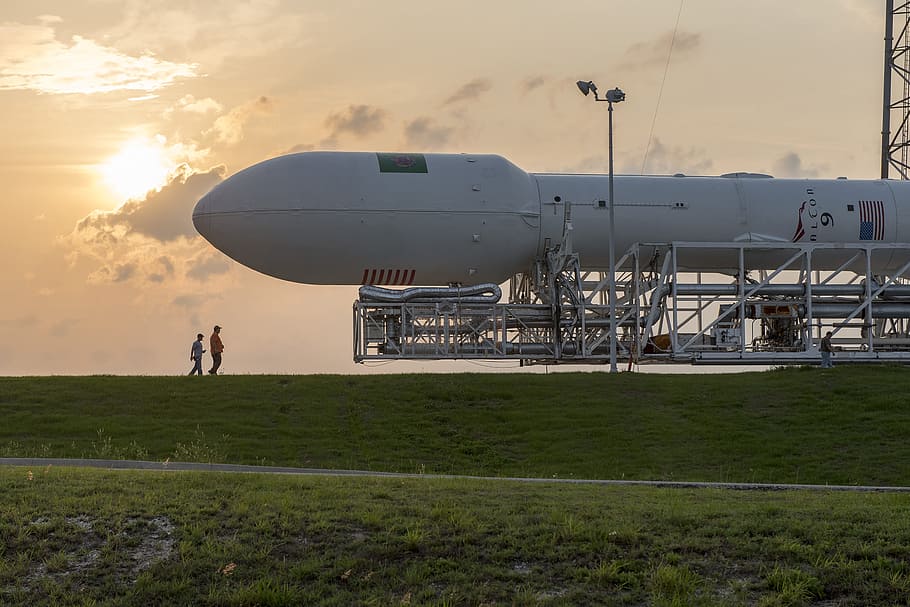
Rockets are the primary means of transporting payloads from Earth to space. They use controlled explosions to generate thrust and overcome Earth’s gravity. Examples include:
- Saturn V: used in the Apollo missions.
- Falcon Heavy: developed by SpaceX for heavy-lift missions.
2. Satellites
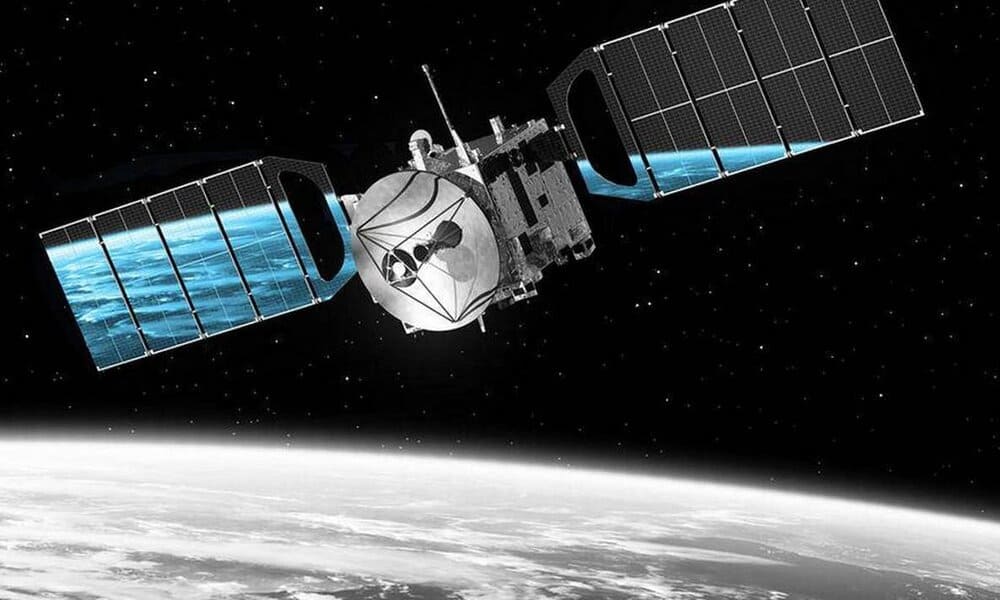
Satellites are artificial objects placed in orbit around Earth or other celestial bodies. They serve various purposes, such as:
- Communication satellites: enable global telecommunications (e.g., Intelsat, Iridium).
- Weather satellites: monitor climate and weather patterns (e.g., GOES, Meteosat).
- Navigation satellites: provide positioning services (e.g., GPS, GLONASS).
3. Space probes and rovers
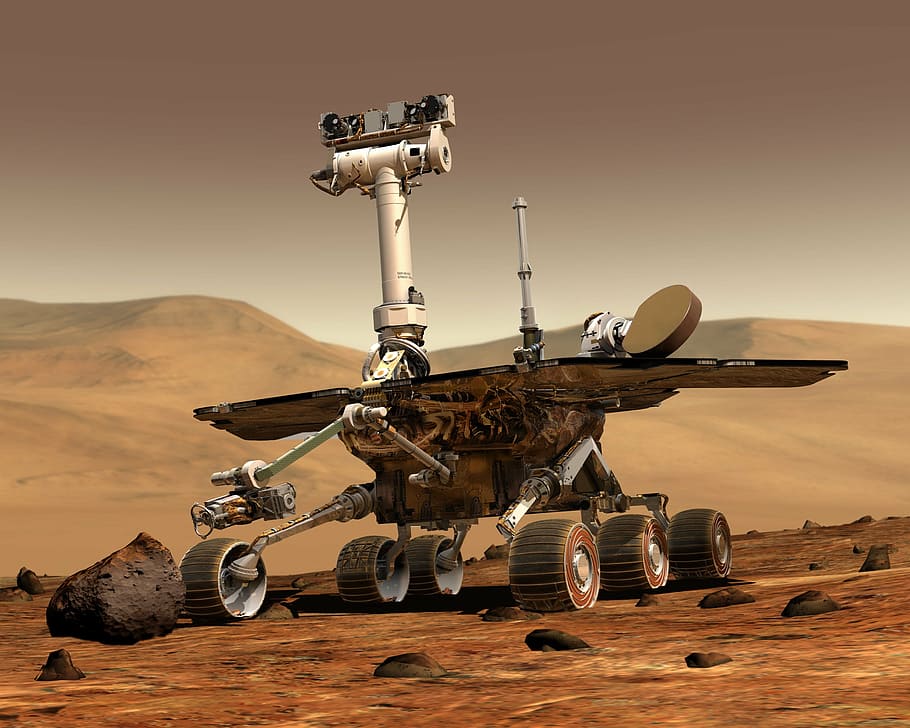
Uncrewed missions designed to explore distant celestial bodies and gather scientific data. Examples include:
- Voyager probes: exploring the outer planets and interstellar space.
- Mars rovers (e.g., Curiosity, Perseverance): Studying the Martian surface and geology.
4. Space telescopes
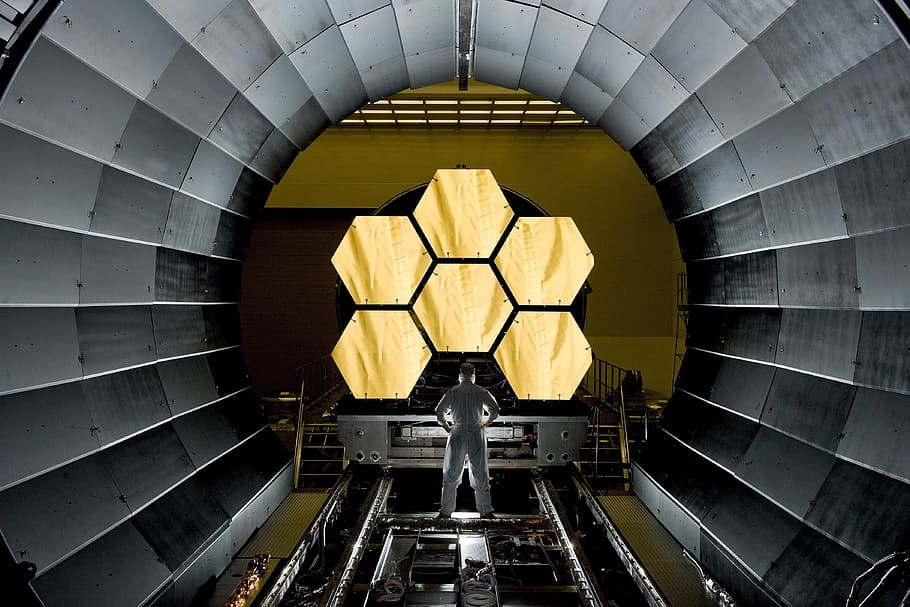
Telescopes placed in space to observe astronomical objects without atmospheric interference. Notable examples:
- Hubble space telescope: provides deep space imagery and data.
- James Webb space telescope: scheduled to study the universe in infrared.
5. Human spaceflight
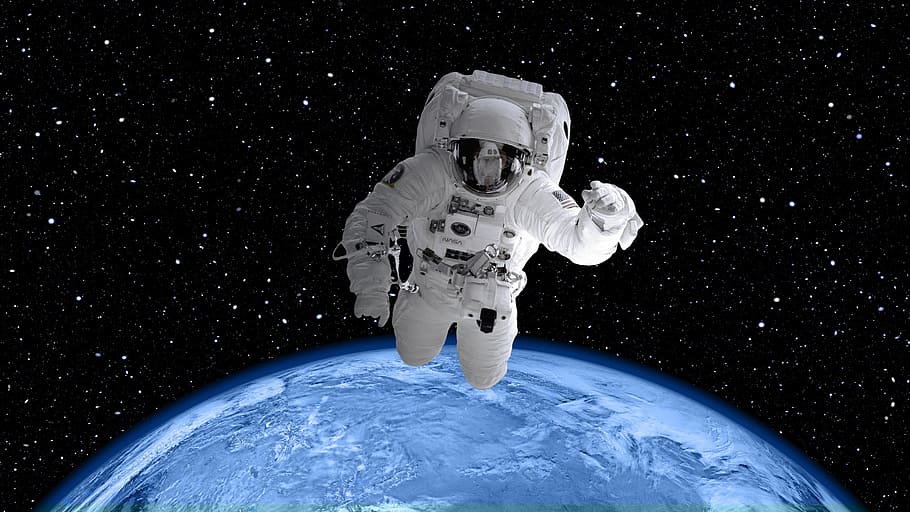
The technology and systems that enable humans to travel and live in space. Key components include:
- Spacecraft: vehicles designed for human space travel (e.g., Space Shuttle, SpaceX Dragon).
- Space stations: habitats for long-term human presence in space (e.g., ISS, future Lunar Gateway).
Future prospects
The future of space technology is promising, with numerous advancements and missions on the horizon:
- Mars exploration: continued robotic missions and plans for human expeditions to Mars.
- Lunar missions: NASA’s Artemis program aims to return humans to the Moon and establish a sustainable presence.
- Space tourism: companies like Blue Origin and Virgin Galactic are developing suborbital flights for private individuals.
- Space resource utilization: mining asteroids for valuable materials and developing technology for in-situ resource utilization (ISRU) on other planets.
- Advanced propulsion systems: research into ion thrusters, nuclear propulsion, and other technologies to enable faster and more efficient space travel.
Space technology has revolutionized our understanding of the universe and our place within it. From the early days of the space race to the ambitious plans for interplanetary exploration, advancements in this field continue to push the boundaries of what is possible. As technology evolves, the prospects for space exploration and utilization become increasingly exciting, offering new opportunities for scientific discovery, economic growth, and human expansion beyond Earth.


